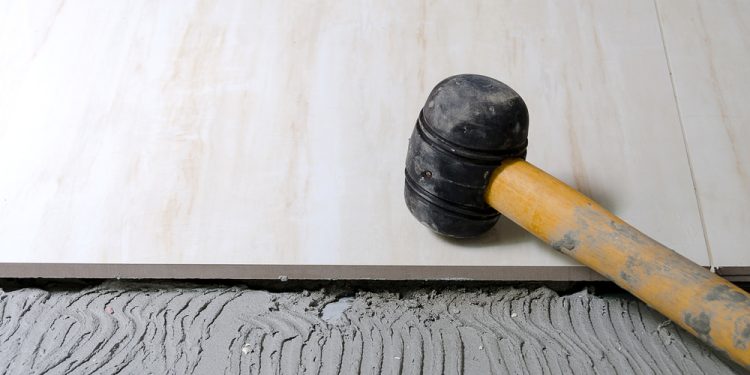There’s a pretty good chance that you have a hammer somewhere in your toolbox. Hammers are good for hitting stuff with great force but the bad thing is that they have very limited usage.
That’s why you need to have a rubber mallet or two in your toolbox. Buying rubber mallets from this site can keep you prepared for a litany of projects and give you the kind of versatility that metal-faced hammers can’t match. Whether you are woodworking, bending metal, or installing tile, there are plenty of reasons to have a rubber mallet nearby.
What is a Rubber Mallet?
How can you choose the right rubber mallet if you don’t even know what one is? The construction of a rubber mallet is similar to a metal-faced hammer. The biggest difference is the rubber head as opposed to the metal one, which is a critical difference depending on your intended application.
For the most part, you are going to see heads made of molded rubber or hard plastic set into a handle that is made of fiberglass or wood. You might hear them referred to as soft mallets and they are great for applications where a metal-faced hammer is too strong and destructive to use.
Rubber Mallets are Safer
You can do a lot of damage with a metal-faced hammer. Using it for an application that it wasn’t meant for can lead to serious damage. Even if you are being “extra careful,” it is all too easy to miss the mark and leave a scuff, dent, or glaring hole in the material.
On top of that, they are dangerous to the person who is swinging the metal-faced hammer. If you miss the mark and catch a finger, it is going to hurt at the very least. Depending on how hard you swing it, it’s possible to bruise or even break a digit or two. While it’s not pleasant to whack yourself with a rubber mallet it is going to do a lot less damage than the metal kind.
It’s Versatile
Now that we have covered important aspects like safety, it helps to know all of the different uses you can get out of a rubber mallet. This section alone seriously underscores why you need to have this tool in your repertoire.
For starters, it can be used in drywall installations. Whether you need to shift a panel of drywall or drive nails into the surface without doing damage, a rubber mallet fits the bill. It is also great for tapping things into place like carpeting, tile, bricks and pavers, floors, ceilings, and walls, etc.
It can even undertake more heavy-duty applications like bending and forming sheet metal. In fact, you would want to use a rubber mallet because it isn’t going to leave dents and marks on the surface of the metal along the way.
Different Mallet Types
Rubber mallets are relatively straightforward but there are two styles to be aware of. The first is the kind with a solid rubber head attached to a handle and it is the most common type that you are going to see. The other type has rubber pads attached to a metal head, generally involving two different densities on each face. Get a really fancy one and they will have interchangeable pads as well.
For the more common version, you will typically find them in black or white, but it isn’t uncommon to find beige. For more gentle applications, especially where surface finish is important, a white mallet is better because it won’t leave any marks.













